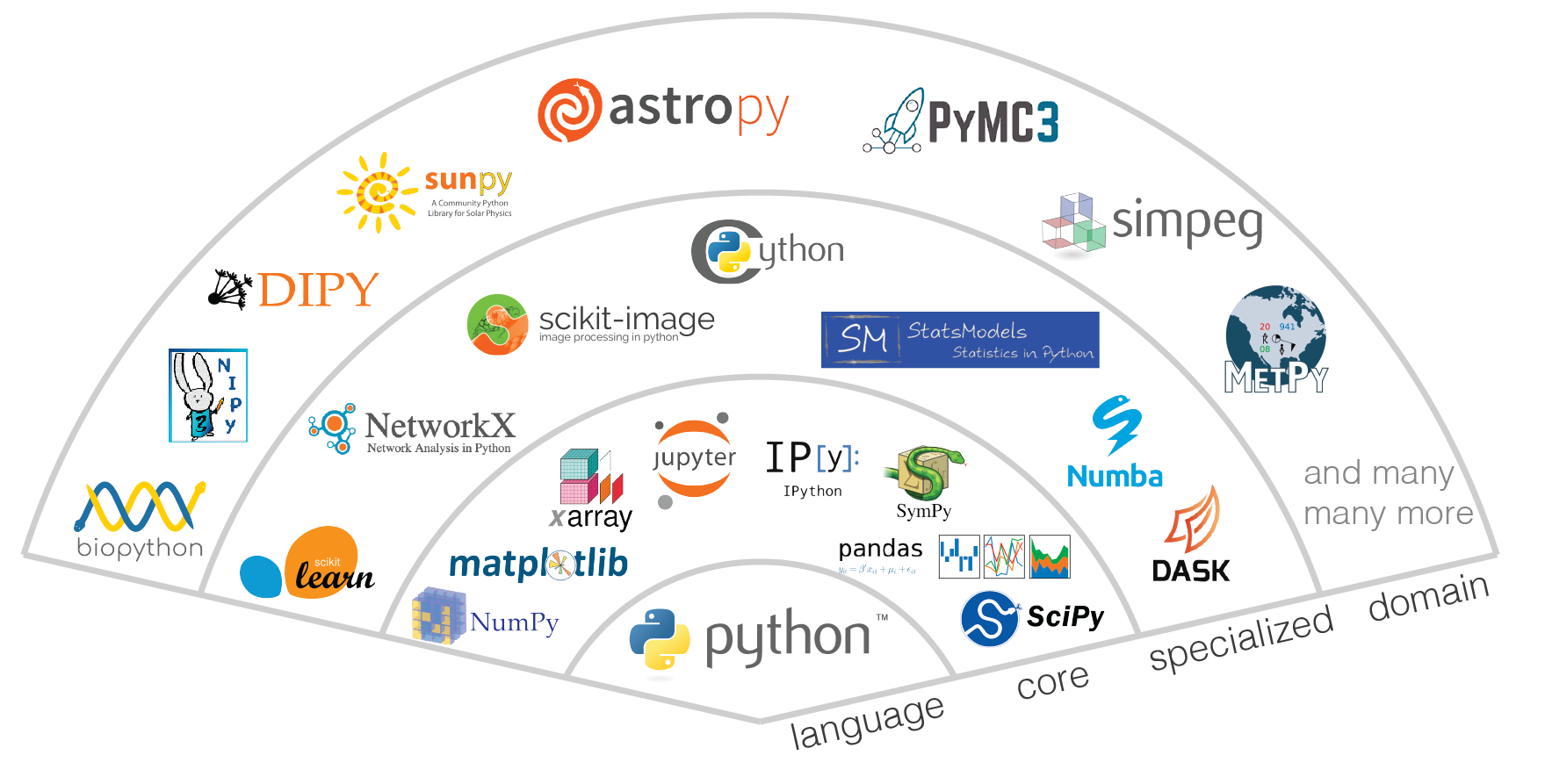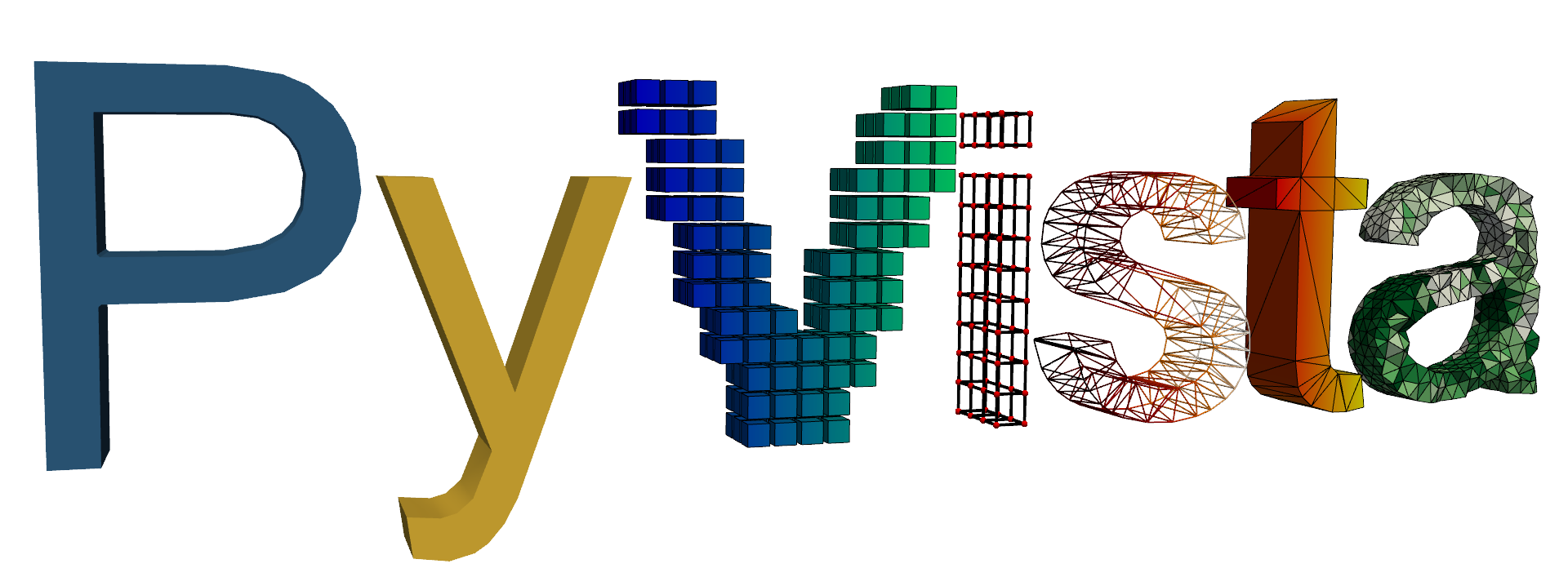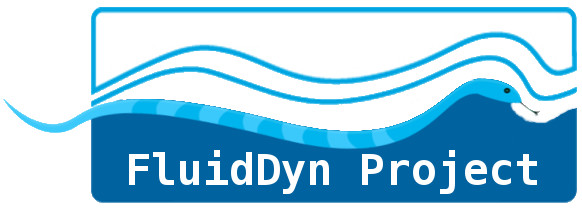Fluidsimfoam, a new Python framework for OpenFOAM
OpenFOAM users conference, 13-14 June 2023



Who am I?
(Fluidsimfoam perspective…)
CNRS researcher, stratified turbulence and scientific programming with Python
Fluiddyn project:
![]() open-source Python for fluid dynamics
open-source Python for fluid dynamics
(lab experiments, image processing and simulations)Fluidsim: user centric CFD framework, specialized in pseudo-spectral methods
Snek5000: Fluidsim framework for the CFD code Nek5000 (success…)
Note
In my lab (LEGI), 0 Nek5000 user but many OpenFOAM users…
So let’s try to build a Fluidsim framework for OpenFOAM (Master 2 internship, Pooria Danaeifar)!
Fluidsim + OpenFOAM -> Fluidsimfoam
Pooria Danaeifar’s internship on Fluidsimfoam
(Re)discovery of OpenFOAM
Study the standard workflow (official tutorials)
Study a particular solver (SedFoam) developed at LEGI
Write a parser for OpenFOAM input files (Lark grammar)
First personal conclusion
User experience is not optimum…
Fluidsimfoam
What is it?
A (very) new Python package
Good quality software:
tested (coverage > 95%), documented, modular, user centricA new workflow for OpenFOAM
Fluidsimfoam
Goal
- Improve OpenFOAM user experience and productivity with Python/IPython



Fluidsimfoam
Principles
Avoid manual copy and edition of OpenFOAM input files
Split the workflow in 2 steps
Described sets of potential simulations
Create the directory/files for 1 particular simulation and launch it
Integrated object oriented API (
simobject)
Workflow split in 2 steps
1st step: described a set of potential simulations
The set (and the associated parameters) are described in a small Python package called a “Fluidsimfoam solver”
- Python API to describe and create parametrized input OF files
- Potentially Jinja templates
Warning
“Fluidsim solver” and “OpenFOAM solvers” are very different things!
Fluidsimfoam
Particularly suitable for
1 script with arguments to launch different simulations
Automation of case generation, simulation launching and postprocessing (parametric studies, optimization, …)
Programmatic generation of complex and parametrized input files (for example
blockMeshDict) and initial conditions (computed in Python)Programmatic control of simulations at runtime (example here)
Note
Also facilities for simpler tasks… Much more with future versions…
Demo
Install
Launch a simulation with an existing solver
Reload a
simobject for runtime control / post-processing / plotsCreate a new Fluidsimfoam solver from a case
Demo: install Fluidsimfoam
Requirements: Python >=3.9 (with pip) and OpenFOAM
Future
Now
Requirements: Mercurial (or manual download source code…) and Poetry
Demo: launch a simulation with an existing solver
Run a script with
Content of the script:
from fluidsimfoam_dam import Simul
params = Simul.create_default_params()
params.output.sub_directory = "tuto_fluidsimfoam/dam"
params.control_dict.end_time = 4.0
params.parallel.method = "simple"
params.parallel.nsubdoms = 2
params.parallel.nsubdoms_xyz = [2, 1, 1]
params.constant.transport.water.nu = 0.5e-6
params.block_mesh_dict.height_dam = 0.5
params.block_mesh_dict.width_dam = 0.2
params.block_mesh_dict.nx = 80
params.block_mesh_dict.ny = 80
# creation of the simulation directory
sim = Simul(params)
# run the simulation (i.e. all necessary OpenFOAM commands)
sim.make.exec("run")
# or for programmatic control of the simulation
# sim.make.exec_async("run")Demo: reload a sim object
Applications: runtime control / post-processing / plots
In a terminal:
which gives:
Python 3.9.2 (default, Feb 28 2021, 17:03:44)
Type 'copyright', 'credits' or 'license' for more information
IPython 8.14.0 -- An enhanced Interactive Python. Type '?' for help.
Loading simulation
path_run: /home/users/me/Sim_data/tests_fluidsimfoam/dambreak/dambreak_run_2023-06-08_14-56-26
INFO sim: <class 'fluidsimfoam_dambreak.Simul'>
sim.output.log: <class 'fluidsimfoam.output.log.Log'>
sim.output.fields: <class 'fluidsimfoam.output.fields.Fields'>
input_files:
- in 0: U alpha_water p_rgh
- in constant: g transportProperties turbulenceProperties
- in system: blockMeshDict controlDict decomposeParDict fvSchemes fvSolution sampling setFieldsDict
sim.output: <class 'fluidsimfoam_dambreak.output.OutputDambreak'>
sim.oper: <class 'fluidsimfoam.operators.Operators'>
sim.init_fields: <class 'fluidsimfoam.init_fields.InitFields'>
sim.make: <class 'fluidsimfoam.make.MakeInvoke'>
`sim`, `params`, `np`, `plt` and `pd` variables are available
In [1]:Demo: reload a sim object
Then, in IPython shell:
sim.params
sim.stop_time_loop()
sim.output.log.plot_clock_times()
sim.output.log.time_last
# Change a parameter affecting just one file:
sim.params.control_dict.end_time = 2
sim.input_files.control_dict.generate_file()
# Get the cells coordinates
x, y, z = sim.oper.get_cells_coords()
# Read output fields:
field = sim.output.fields.read_field("U", time_approx="last")
vx, vy, vz = field.get_components()How the fluidsimfoam-dam solver was created?
fluidsimfoam-initiate-solver dambreak \
-c $FOAM_TUTORIALS/multiphase/interFoam/laminar/damBreak/damBreakImportant
Please try it for one of your case!
Errors? Create an issue here: https://foss.heptapod.net/fluiddyn/fluidsimfoam/-/issues
How the fluidsimfoam-dam solver was created?
Modify one file in the solver (output.py)
_helper_control_dict = Output._helper_control_dict.new(
"""
application interFoam
endTime 1
...
"""
)
_helper_control_dict.include_function('"sampling"', kind="#sinclude")
_helper_transport_properties = ConstantFileHelper(
"transportProperties",
{
"phases": ["water", "air"],
"water": {
"transportModel": "Newtonian",
"nu": 1e-06,
"rho": 1000,
},
"air": {...},
},
)
@classmethod
def _complete_params_block_mesh_dict(cls, params):
params._set_child(
"block_mesh_dict",
{
"scale": 0.146,
"nx": 46,
"lx": 4.0,
...
"x_dam": 2.0,
"width_dam": 0.16438,
"height_dam": 0.32873,
},
)
def _make_code_block_mesh_dict(self, params):
...Programmatic generation of BlockMeshDict
bmd = BlockMeshDict()
bmd.set_scale(params.block_mesh_dict.scale)
for x_y_z_name in (
(0, 0, 0, "left_bot"),
(x_dam, 0, 0, "leftdam_bot"),
(x1_dam, 0, 0, "rightdam_bot"),
(lx, 0, 0, "right_bot"),
...
):
bmd.add_vertex(*x_y_z_name)
bmd.replicate_vertices_further_z(lz)
b_bot_left = bmd.add_hexblock_from_2d(
["left_bot", "leftdam_bot", "leftdam_topdam", "left_topdam"],
[nx_left, ny_bot, nz],
"left_bot",
)Or classy_blocks!
Generation of initial conditions
Alternative to setFields, funkySetFields and codeStream
@classmethod
def _complete_params_alpha_a(cls, params):
params._set_child(
"init_fields",
attribs={"type": "tanh", "width": 0.005, "bed_height": 0.08},
)
def _make_tree_alpha_a(self, params):
field = VolScalarField("alpha_a", dimension="")
field.set_boundary("top", "fixedValue", "uniform 0")
...
if params.init_fields.type == "tanh":
x, y, z = self.sim.oper.get_cells_coords()
width = params.init_fields.width
bed_height = params.init_fields.bed_height
field.set_values(0.305 * (1.0 + np.tanh((bed_height - y) / width)))
else:
raise ValueError(f"Unsupported {params.init_fields.type = }")
return fieldConclusions and perspectives
Fluidsimfoam: a young and promissing Python package
Strong underpinnings
A new workflow based on Python/IPython
Good bases for different Python usages related to OpenFOAM
Work in progress
- Needs to be polished
- Simple things missing (restart utilities, plots/movies, probes and co.)
Can greatly improve productivity of OpenFOAM users with Python skills
Become a community project
We need to build a community of users (creating issues and feature requests), contributors and core developers.
If you are interested, please (i) star the project on foss.heptapod.net and (ii) open issues!
 open-source Python for fluid dynamics
open-source Python for fluid dynamics